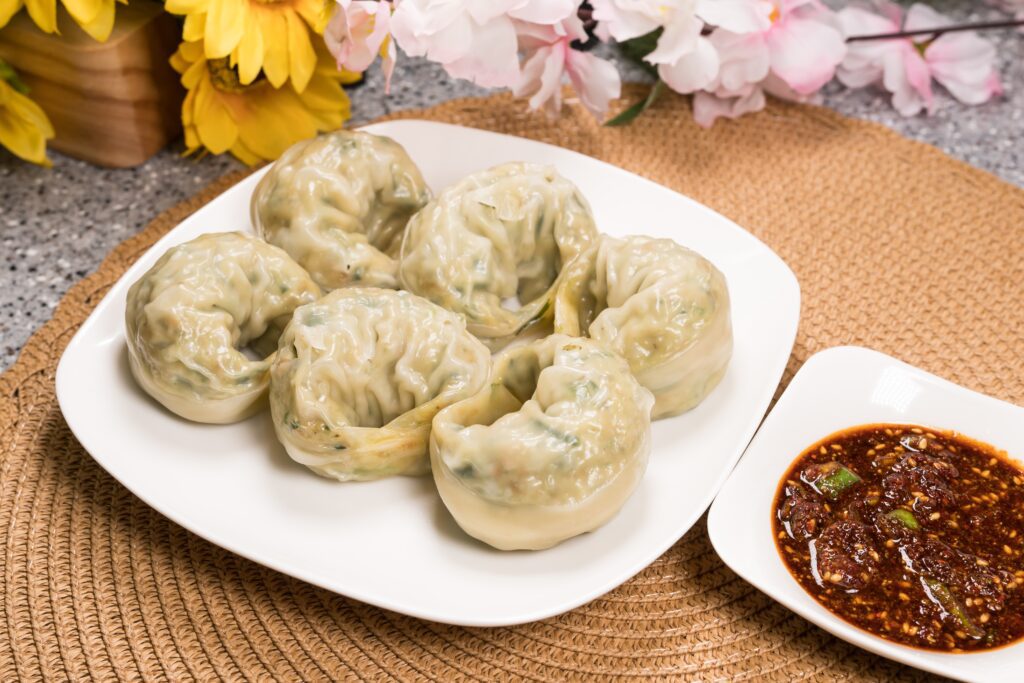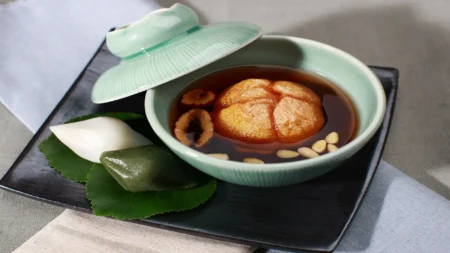Dumplings may be a global comfort food, but in Korea, mandu are a cultural icon — filled with history, flavor, and the warmth of a thousand family dinners. From traditional temple-style mandu to kimchi-spiked street snacks, Korean dumplings are having a moment — and there’s more variety than you might think.
Whether you steam, fry, or boil them, here’s your guide to the rich world of Korean dumpling culture.
🥟 What Is Mandu?
Mandu (만두) are Korean dumplings typically filled with a mix of meat, tofu, vegetables, and sometimes glass noodles. Thought to have been introduced from Central Asia or China centuries ago, they’ve become a uniquely Korean dish — eaten in royal courts, countryside homes, and sizzling city stalls alike.
Today, they’re beloved across generations and regions — and constantly evolving.
🧄 Traditional Mandu Fillings: A Delicious Heritage
1. Classic Pork & Veggie Mandu
Ground pork, tofu, garlic, green onions, glass noodles, and sesame oil
Most common in home-cooked or restaurant mandu
Balanced, juicy, and versatile — perfect steamed, pan-fried, or in soup
2. Kimchi Mandu (김치만두)
Fermented kimchi, pork or tofu, garlic, and chili
Spicy, tangy, and deeply flavorful
A winter favorite, often made in big family batches during kimjang (김장) season
3. Galbi Mandu
Inspired by Korean BBQ, filled with marinated short rib (galbi) flavors
A rich and luxurious twist on the classic
4. Vegetarian or Temple-Style Mandu
Tofu, mushrooms, mung bean sprouts, and seasonal vegetables
Rooted in Buddhist cuisine, simple but satisfying
🛍️ Street Market Styles: Where Mandu Meets the Masses
Wander through a Korean market — Gwangjang in Seoul, Seomun in Daegu, or Nambu in Jeonju — and you’ll see dumplings in every shape and steam cloud.
🥣 Jjin-mandu (찐만두) – Steamed dumplings
Plump, juicy, and bursting with flavor, often served with soy dipping sauce. The fluffier, the better.
🥘 Mul-mandu (물만두) – Boiled dumplings
Smaller and softer, usually floating in a light broth or kimchi soup — comfort food at its finest.
🔥 Gun-mandu (군만두) – Pan-fried dumplings
Golden and crispy on one side, soft on the other. Often paired with spicy dipping sauce or served on top of tteokbokki.
🍲 Mandu-jeongol (만두전골) – Dumpling hot pot
A shareable, bubbling pot of broth, veggies, noodles, and mandu — often eaten at restaurants with friends or family.
👩🍳 Mandu in the Modern Kitchen
Today’s mandu scene is all about creative fusion and DIY fun:
Cheese mandu is now a thing — thanks to Gen Z snack hacks.
Vegan mandu with jackfruit, lentils, or kimchi are rising in popularity.
Air fryer mandu? Crispy perfection without the oil.
Mandu mukbangs (eating broadcasts) regularly trend on YouTube and TikTok.
Want to make your own? Convenience stores even sell frozen mandu kits with dipping sauces and custom toppings.
🥢 Final Bite
Mandu is more than a side dish — it’s a symbol of Korean culinary tradition and creativity. From street food stalls to high-end restaurants, from classic kimchi fillings to cheesy modern remixes, Korean dumplings tell a story of flavor, family, and fun.
So whether you dip it in soy sauce, float it in broth, or crisp it in a pan, one thing’s for sure: mandu is here to stay — and always worth a second helping.







